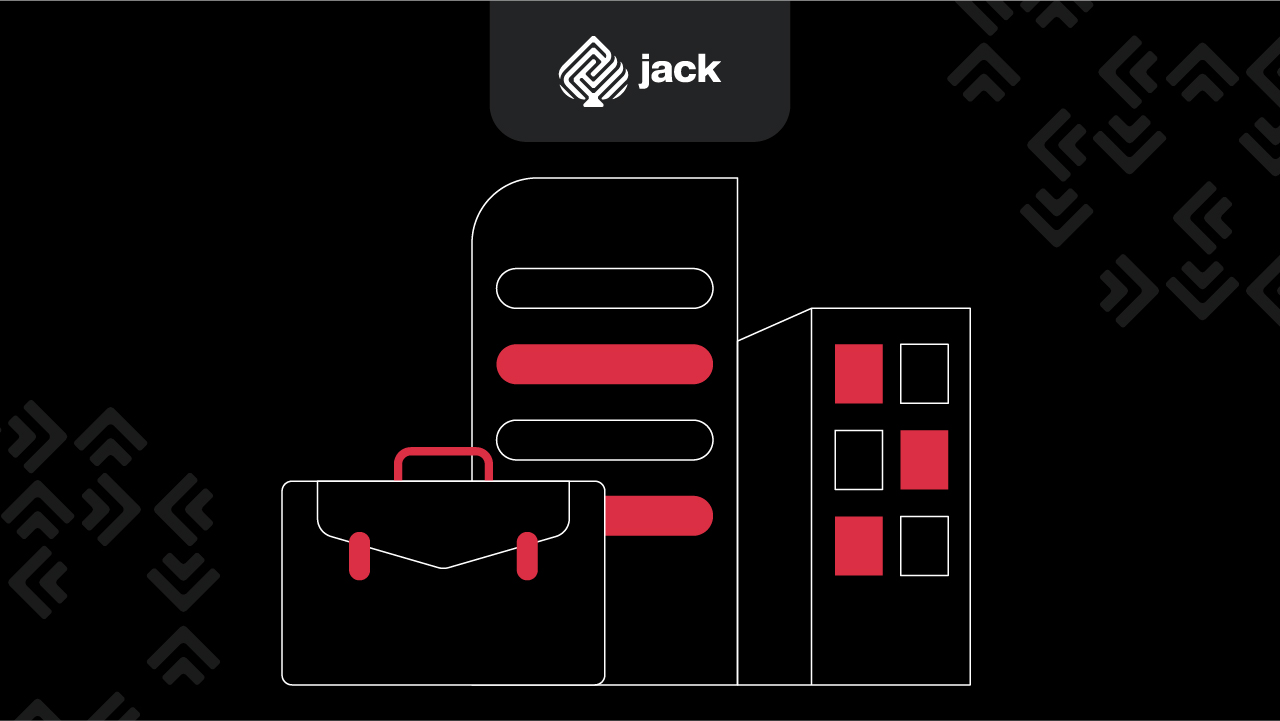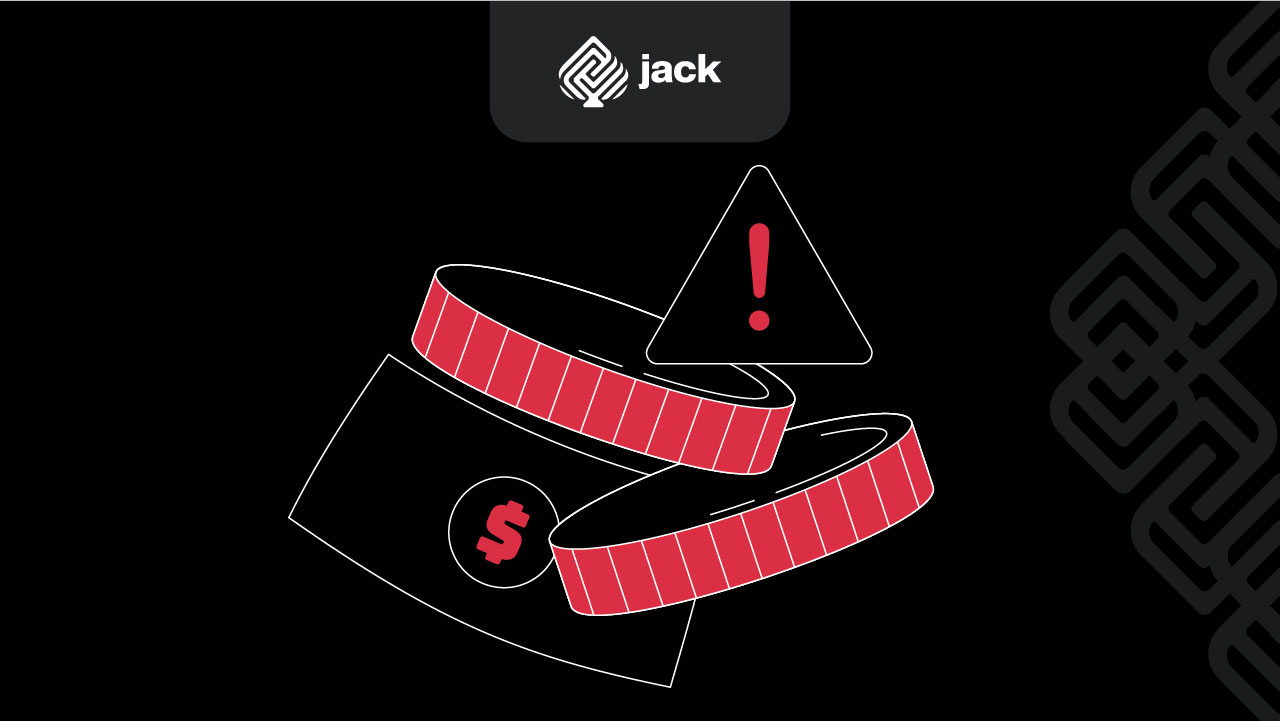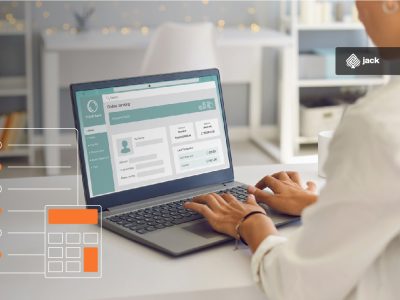In the competitive business world, companies continuously seek strategies to sustain and enhance their advantages. One frequently employed approach is “cost leadership.” In this article, we delve into cost leadership, how companies can implement it, and its impacts on achieving success in a challenging market.
What Is Cost Leadership?

Let’s first focus on the fundamental definition of cost leadership. Cost leadership is a business strategy aimed at becoming a leader in the market by efficiently controlling production costs. By adopting this approach, companies strive to offer products or services at lower prices than their competitors without sacrificing quality.
Cost leadership involves efficiency in every aspect of the company’s operations, from the supply chain, production, and distribution, to customer service. Consequently, companies can create a significant competitive advantage and capture a larger market share.
Why Is Cost Leadership Important in Business Competition?

1. Price Advantage
Cost leadership provides a price advantage to the company. By reducing production costs, a company can offer products or services at a more competitive price. This becomes a crucial factor influencing consumer decisions, especially in price-sensitive markets.
2. Increased Profitability
By controlling costs, a company can enhance profit margins. Despite low selling prices, high sales volume can generate substantial net profits. This provides a long-term advantage and increases a company’s resilience to market changes.
3. Larger Market Share
By offering lower prices, a company can attract more customers and expand its market share. Cost leadership enables a company to be the preferred choice for consumers seeking the best value.
4. Strong Competitiveness
In a highly competitive business environment, cost leadership provides a robust competitive advantage. Companies employing this strategy can more easily compete with their rivals, even in saturated markets.
5. Innovation in Operational Efficiency
To achieve cost leadership, companies need to continuously seek innovation in operational efficiency. This can drive the development of new technologies, more efficient production processes, and optimized supply chain management.
Benefits of Cost Leadership

1. Competitive Pricing
The primary benefit of cost leadership is the company’s ability to offer lower prices than competitors. This makes products or services more attractive to consumers looking for the best value.
2. Increased Profit
By reducing production costs, companies can boost their profit margins. Despite lower selling prices, high sales volume can result in substantial net profits.
3. Larger Market Share
Cost leadership allows a company to attract more customers and expand its market share. Lower prices act as a magnet for consumers, enticing them to switch from competitors.
4. Strong Competitiveness
In a competitive business environment, cost leadership provides a strong advantage. Companies offering lower prices have a better position to compete and gain consumer trust.
5. Investment in Innovation
By reducing operational costs, companies have more resources to invest in innovation. This enables the development of new products, improvements in production processes, and the implementation of the latest technologies.
See Tutorial Account Verification Jack
Cost Leadership Implementation Strategies

1. Optimize the Supply Chain
To achieve cost leadership, companies must optimize their supply chain. This involves negotiating with suppliers to get better prices, improving efficiency in distribution, and ensuring the availability of affordable raw materials.
2. Technology and Automation
Implementing technology and automation in the production process can help reduce labor costs and improve efficiency. Automated systems can also reduce human errors, enhance quality, and optimize production.
3. Employee Training
Well-trained employees can improve operational efficiency. Providing training to enhance the skills and knowledge of employees can contribute to achieving cost leadership.
4. Regular Cost Monitoring
Regular cost monitoring is necessary to ensure that the company stays on the path of cost leadership. Routine analysis of budgets and operational costs can identify areas where savings can be achieved.
5. Focus on Energy Efficiency
Managing energy usage efficiently not only benefits the environment but also reduces operational costs. Implementing environmentally friendly practices can align with the cost leadership strategy.
Tips and Tricks for Implementing Cost Leadership

Cost leadership requires a holistic understanding of all cost elements, including raw materials, production, distribution, and labor. By comprehending the overall picture, companies can create more effective strategies.
1. Efficient Supply Chain Management
An efficient supply chain is crucial for cost leadership. Choose suppliers that can provide competitive prices for raw materials while maintaining quality. Strengthen relationships with suppliers to gain additional advantages, such as volume discounts and flexible delivery schedules.
2. Invest in Technology and Innovation
Modern technology and innovation can be significant allies in achieving cost leadership. Automation in production processes, operational management software, and data analysis can help identify potential cost savings.
3. Employee Training and Engagement
Well-trained employees play a crucial role in achieving cost leadership. Provide relevant training to ensure employees understand the importance of efficiency and how they can contribute.
4. Continuous Monitoring and Evaluation
Implementing cost leadership is not a one-time project. Companies must continuously monitor and evaluate the effectiveness of their strategies. Regularly review and update cost leadership strategies according to changes in the market, technology, and customer requirements.
Use Jack for your business needs
In facing complex business challenges, cost leadership proves to be an effective strategy for achieving a competitive advantage. By understanding and implementing this concept, companies can not only survive in a competitive market but also thrive and become industry leaders.






